10 Facts about Vaccination
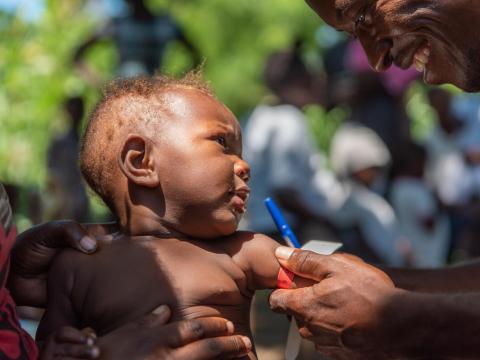
Vaccinations were a hot topic during the pandemic, but for decades, they have been life-changing for children and communities living in the world’s toughest places. Over 20 vaccines are now available to help protect children from dying from preventable diseases. Keen to know more? Here are 10 facts…
1) Vaccines save and improve millions of lives every year
The World Health Organisation (WHO) says between 3.5 and 5 million deaths are prevented each year by vaccinations for preventable but life-threatening diseases like diphtheria, tetanus, pertussis, influenza and measles. In children under five, 12 million still die every year – and more than half of those deaths could have been prevented with vaccination.
That’s why vaccination is a core part of child sponsorship, providing simple, cost-effective protection for children to survive those early years and live longer, healthier lives as adults.
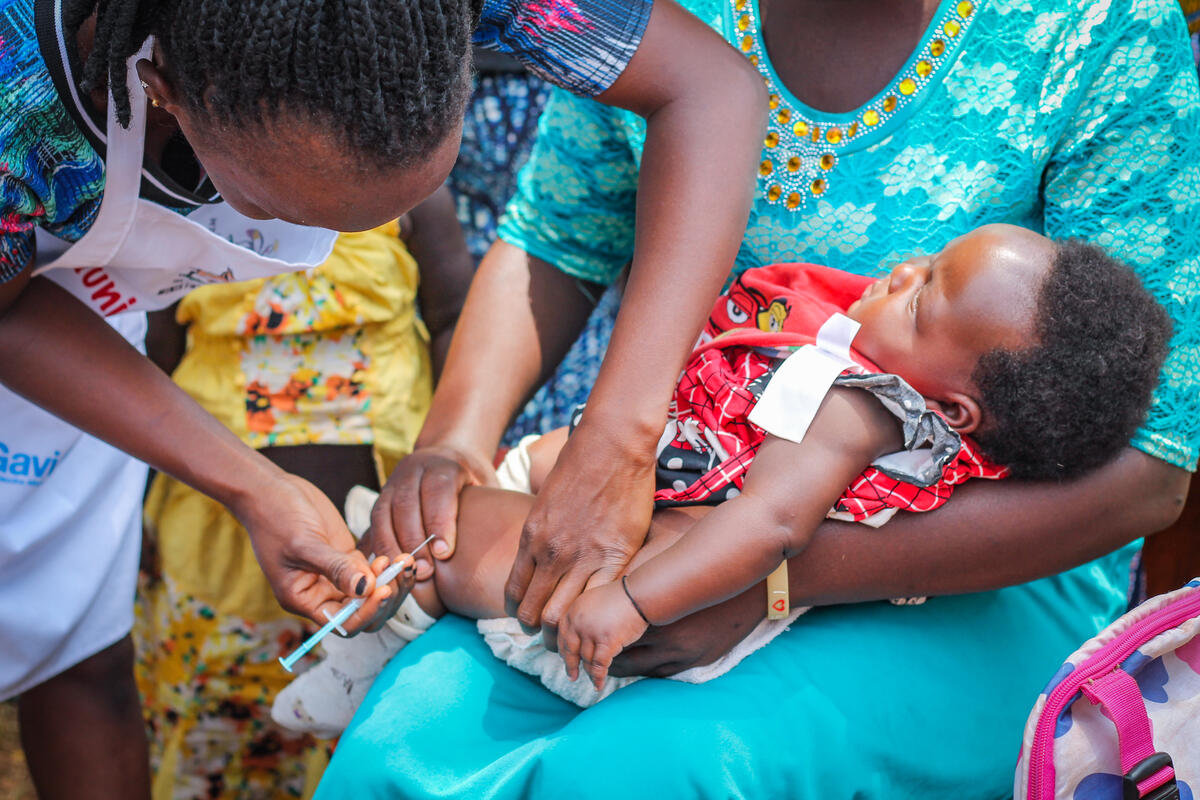
2) Vaccines bring economic, social and health benefits
Healthier kids go to school more, learn more, and engage more and eventually, it boosts their job prospects and future earning potential. While healthier adults work more, earn more, spend more in the local economy and less on healthcare. There are social benefits too, especially for women, who are often the carers when family members are sick. You have probably never thought about it this way but research shows immunisation is actually a weapon in the fight for gender equality! It liberates women’s time, energy and resources and gives them more opportunities to participate in, and contribute to, society. At the same time, gender equality is a driver of immunisation – when women are educated and have more say in the decisions their family makes, their children are more likely to be vaccinated.
3) Vaccine hesitancy isn’t a new problem
While the COVID-19 pandemic put vaccine scepticism in the spotlight, it’s not a new conversation. Misinformation and challenges with overcoming information barriers around vaccines have contributed to the number of under-vaccinated people around the world.
That’s why information and health education go hand-in-hand for sponsored children and their parents when vaccinations are offered, giving them more choice and agency in their life decisions.
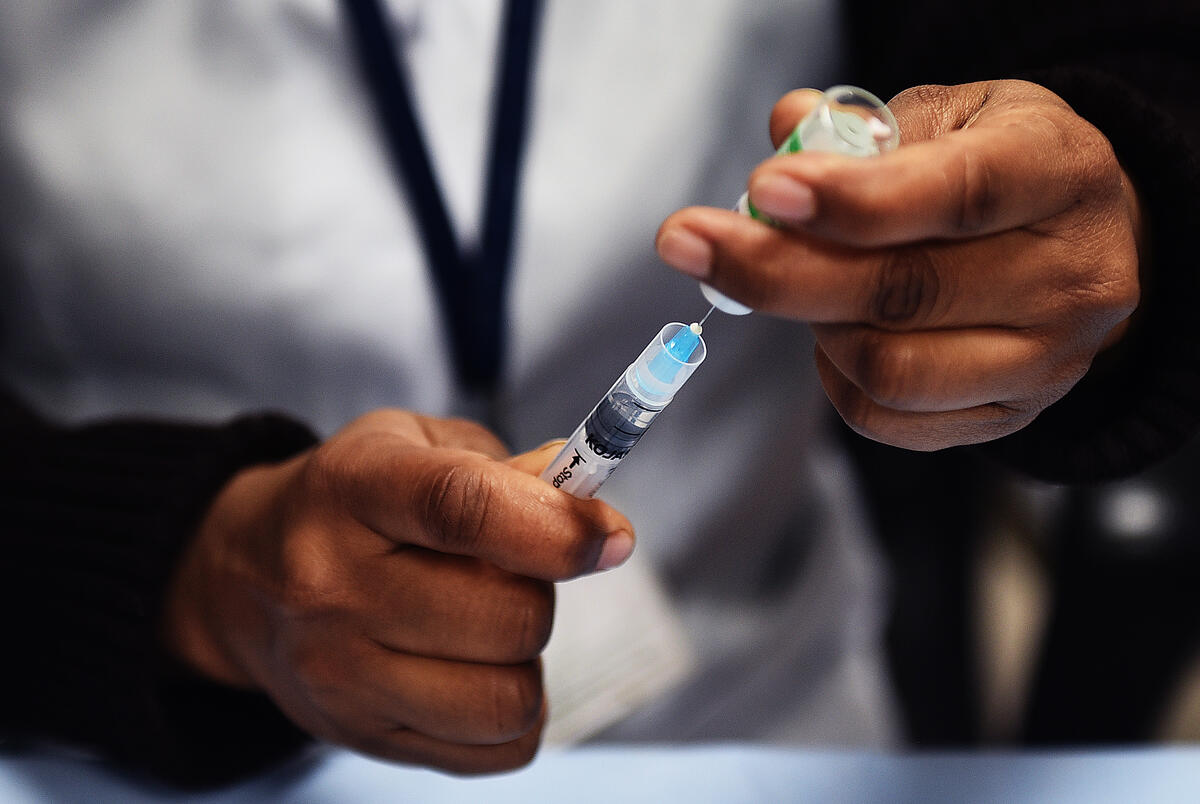
4) The pandemic’s [many] disruptions included routine immunisations
COVID-19 caused pain and grief at every turn, including increasing the risk of general life-threatening diseases for children. The WHO and UNICEF estimate 25 million children missed out on routine vaccination for diphtheria, tetanus and pertussis (DTP3) in 2021 alone because of the pandemic. Decreasing rates of vaccination are now on the WHO’s list of top 10 global threats to public health.
5) Diseases like polio are making a comeback
The WHO estimates that because of the polio vaccine, 18 million people can walk today instead of developing a preventable disability. That’s thanks to 20 years of collective, global efforts to reduce the incidence of polio from 350,000 cases a year in 1998 to just 33 in 2018. But while the world was on track to eradicate poliovirus completely, the disruptions of COVID-19 derailed progress, with the Centres for Disease Control and Prevention reporting increasing outbreaks of polio. We still have a window open to eradicate polio – and it will involve getting vaccines back on track.
6) There’s nothing equal about vaccine distribution
Despite everything known about the multifaceted benefits of vaccination, millions of people still don’t have the opportunity. Why? Because of unequal access to resources. Take the COVID-19 vaccination for example – by the middle of 2022, two-thirds of high-income countries had achieved a 70 per cent vaccination rate, compared to a startling zero rate in low-income countries. While some wealthier nations over-ordered, stockpiled and later disposed of surplus vaccines, the developing world had no choice but to wait for theirs. The United Nations estimates that this global failure costs approximately 60,000 unnecessary deaths a week from COVID-19 and says it prolonged the pandemic. Child sponsorship is helping to tackle vaccine inequality for kids, not just during a pandemic, but every day.
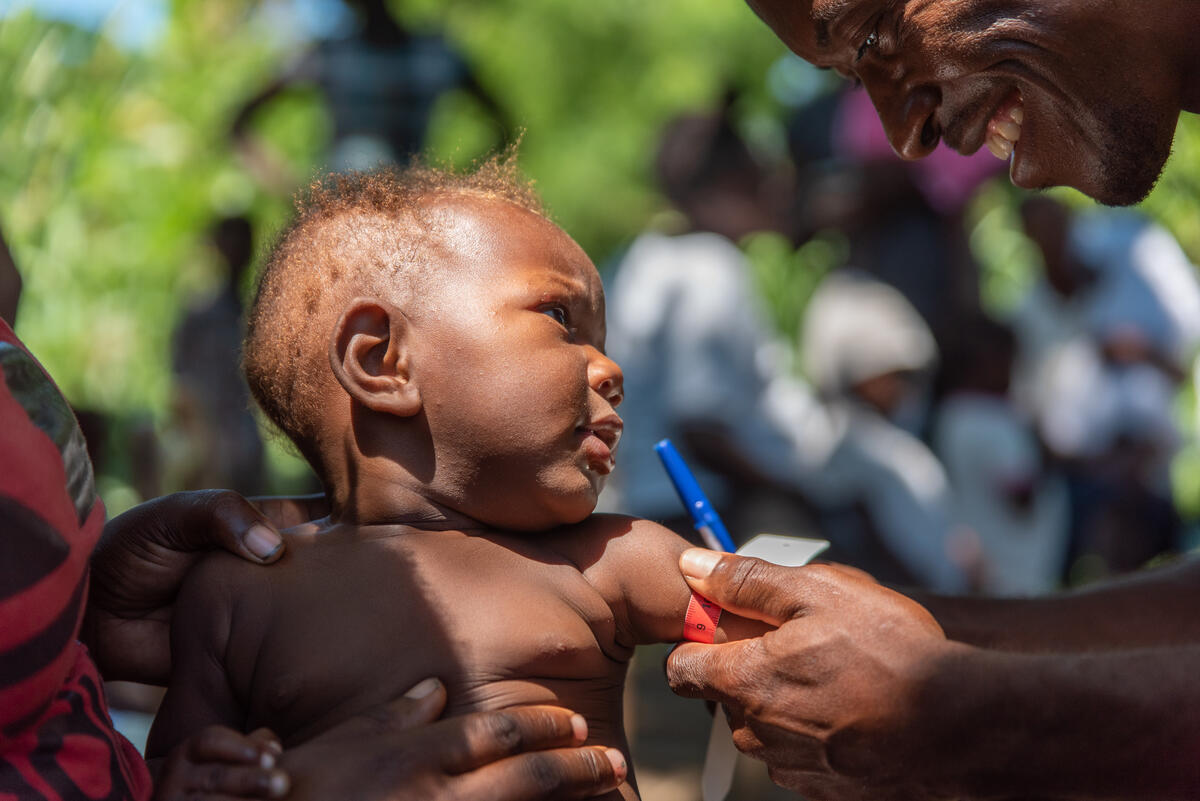
7) The most vulnerable are hit hardest without vaccines
Ongoing sickness or serious illness that can be prevented through vaccines exacerbates the underlying causes of poverty at both micro and macro levels. Even before the pandemic, half of the world’s population couldn’t access essential health services – but the pandemic has made the situation worse, with its impacts on health, employment and learning widening the gap in disadvantaged groups. This creates a double whammy because people who are living in poverty are also in a far worse position to manage the impacts of poor health, like the loss of income or the high costs of unsubsidised medication.
Ensuring that children living in the world’s hardest places have health care, including vaccination, is a critical way that child sponsors are helping to even the score. Alongside support to improve nutrition, education, water and sanitation, income earning potential and other key needs, helping children to be healthier is a catalyst that empowers them to break free from poverty, for good.
8) Vaccination isn’t the only health solution kids need
For many children, the disease isn’t the only threat they face. Undernutrition currently affects more than 870 million people in the world and it’s an underlying factor in 45 per cent of deaths of children under five. That’s because when malnourished children get sick, they face a higher risk of infection because their bodies aren’t working at full strength. But while these kids need the protection of vaccination the most, sometimes malnourished children don’t get the full benefit of vaccination because their bodies are too weak to activate an immune response it offers.
That’s why layered, holistic solutions are key – and that’s exactly what World Vision’s child sponsorship model does.
9) War-torn countries face unique vaccine distribution challenges
The world’s most under-vaccinated children live in countries affected by conflict and instability. Tense security conditions, damaged health infrastructure and depleted human resources contribute to low rates of vaccination coverage. This makes outbreaks of disease more common and harder to contain, making children even more vulnerable in the places that are least equipped to cope.
Protecting children’s long-term health through vaccination and other interventions is just one of the many flow-on effects of child sponsorship’s work to strengthen community cohesion to prevent conflict. World Vision is also at work in many fragile contexts and active conflict zones, helping children survive the immediate threats as well as the longer-term ones using tools like vaccines.
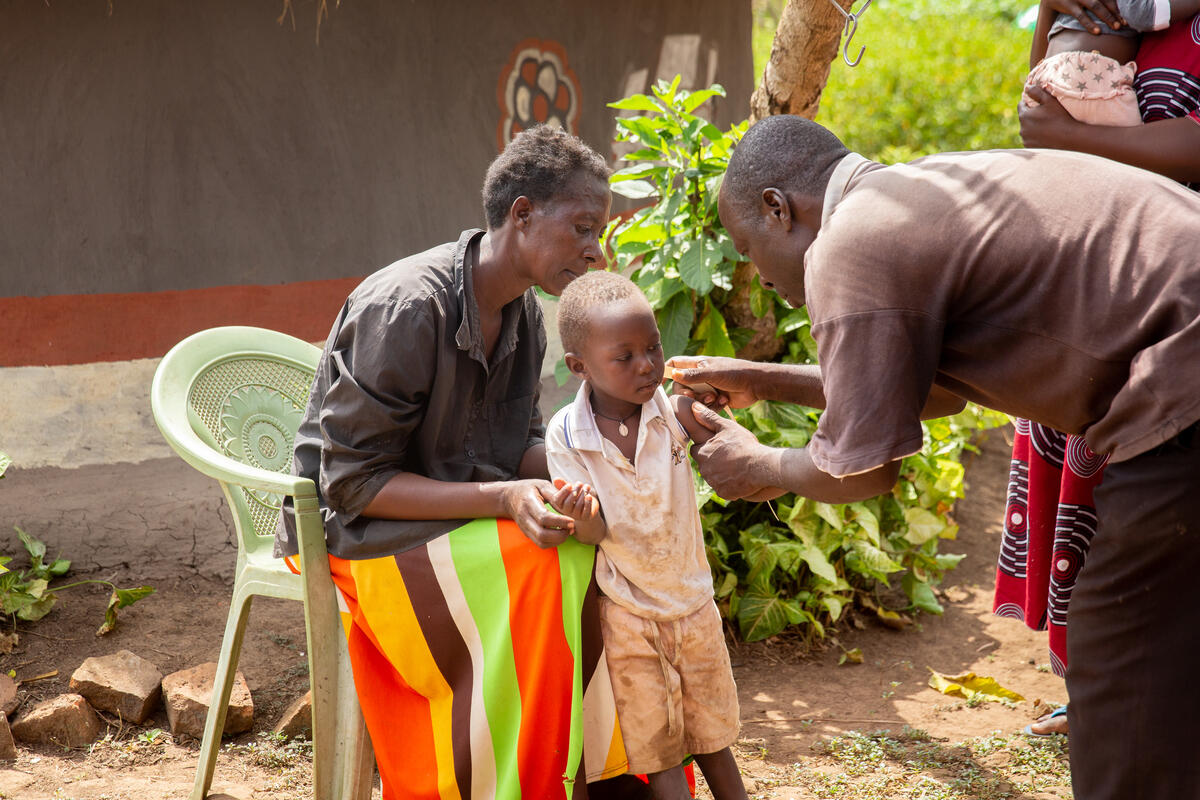
10) Vaccination is an investment in global well-being
Vaccines are good for the person who gets them, and their community – but research shows that vaccines are one of the most cost-effective means of advancing global welfare. Health is essential to development and immunisation boosts prosperity because a larger and healthier workforce is more productive. The benefits far outweigh the costs of administering vaccination, especially since they are lower than they have ever been. And the impact is global.
That’s why vaccination is considered a cornerstone of the world’s Sustainable Development Goals, contributing to 14 of the 17 goals – and why the partnership with child sponsors to make vaccination possible to children, is so critical. Together, we are helping kids not just to survive, but to thrive, and giving whole communities the chance to unlock a healthier future.
Can you imagine a world where all children have the chance to grow up healthy? You can help a child and their community make it a reality.